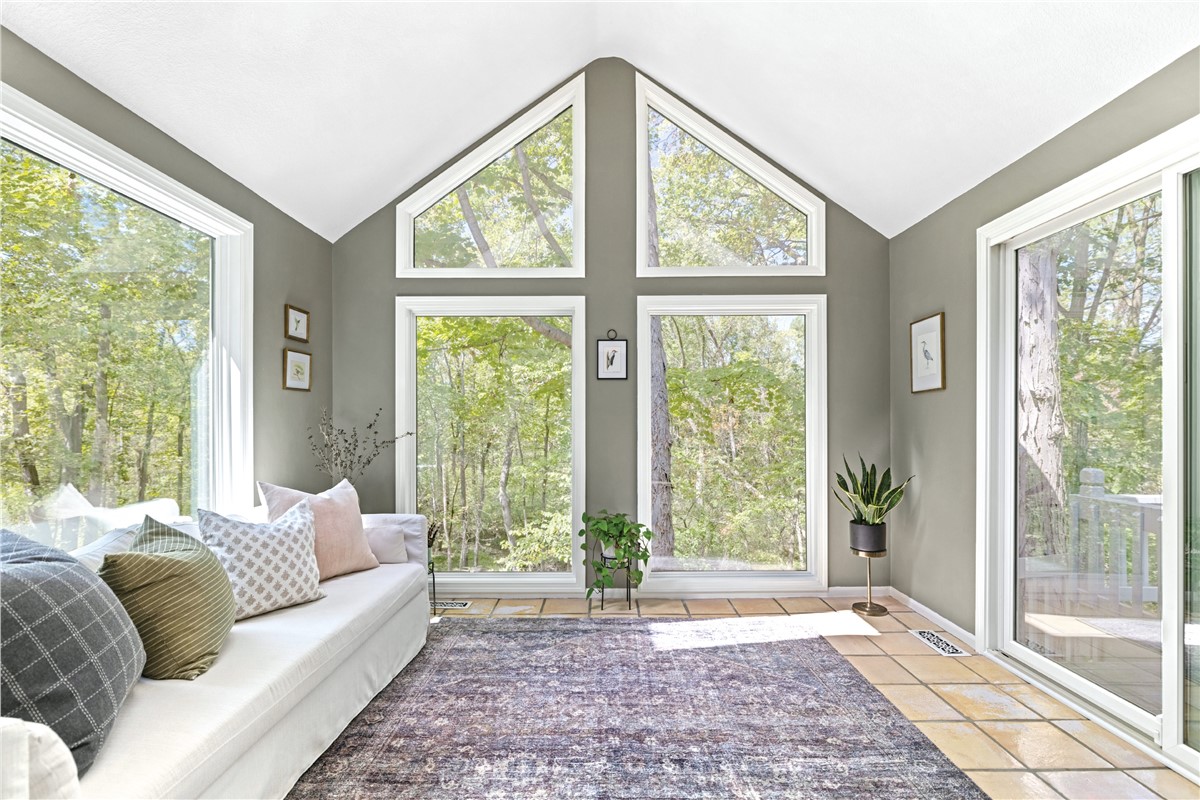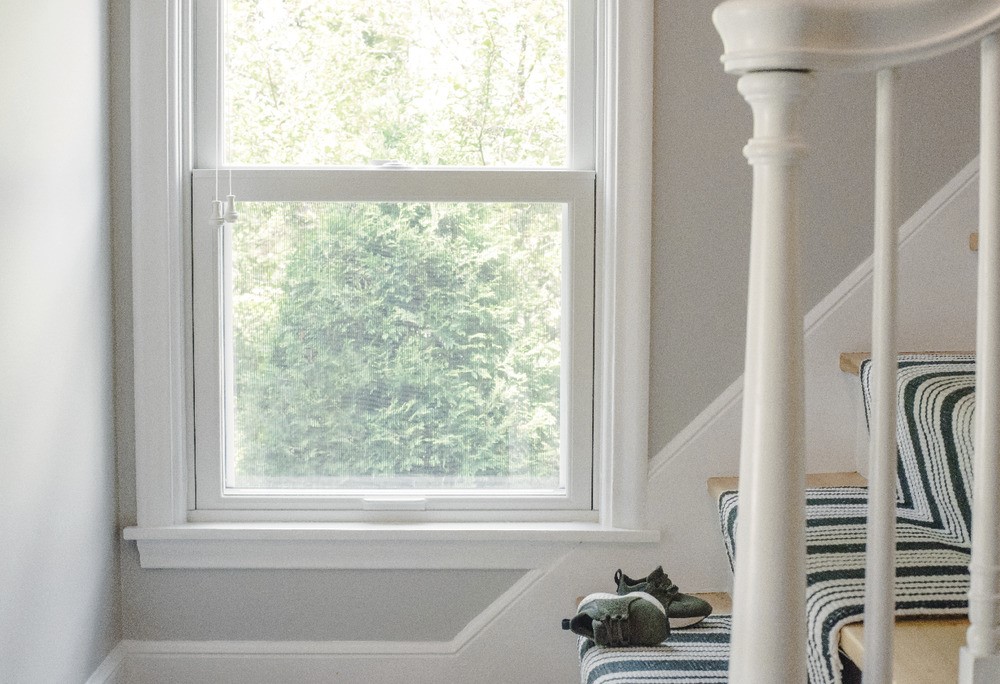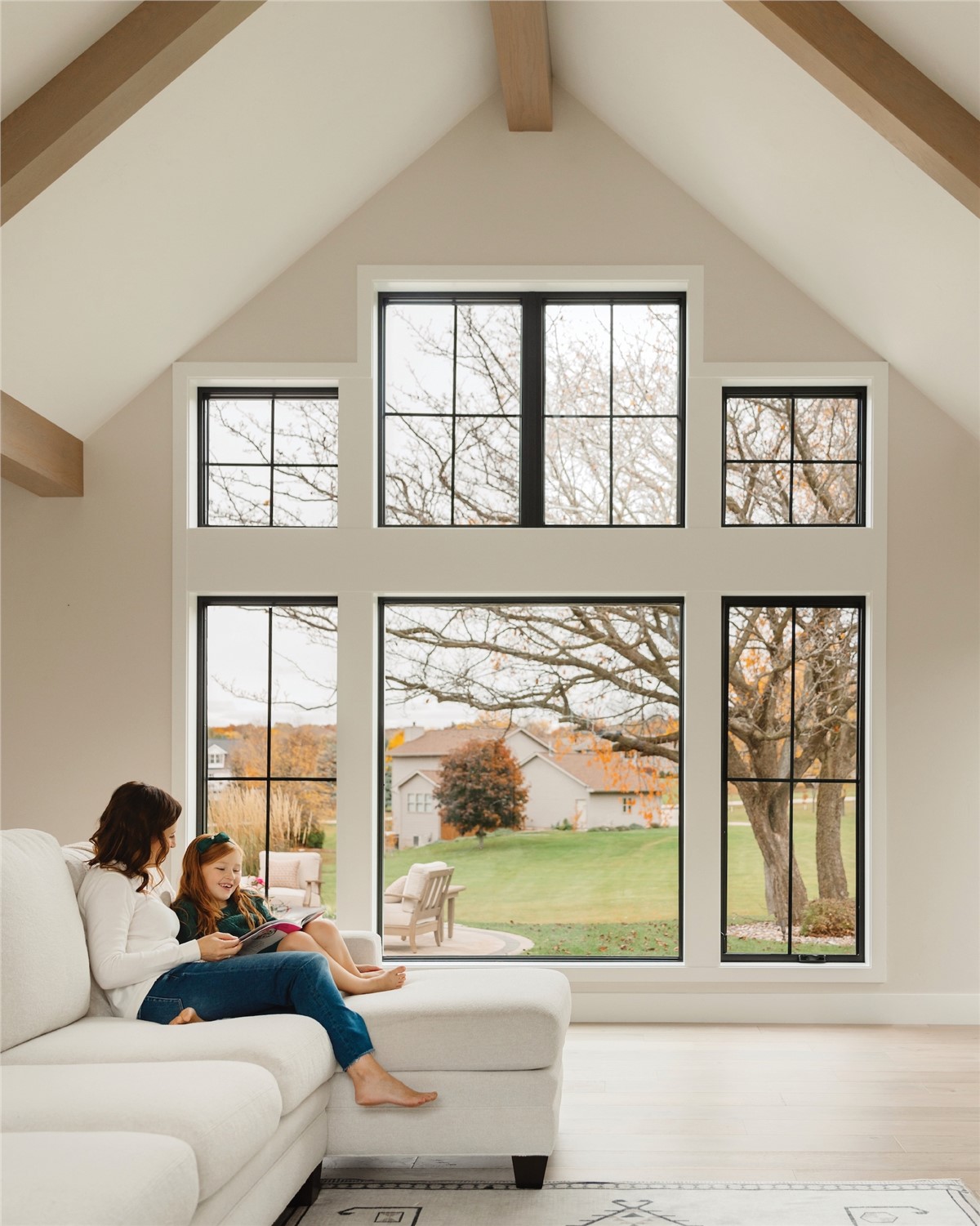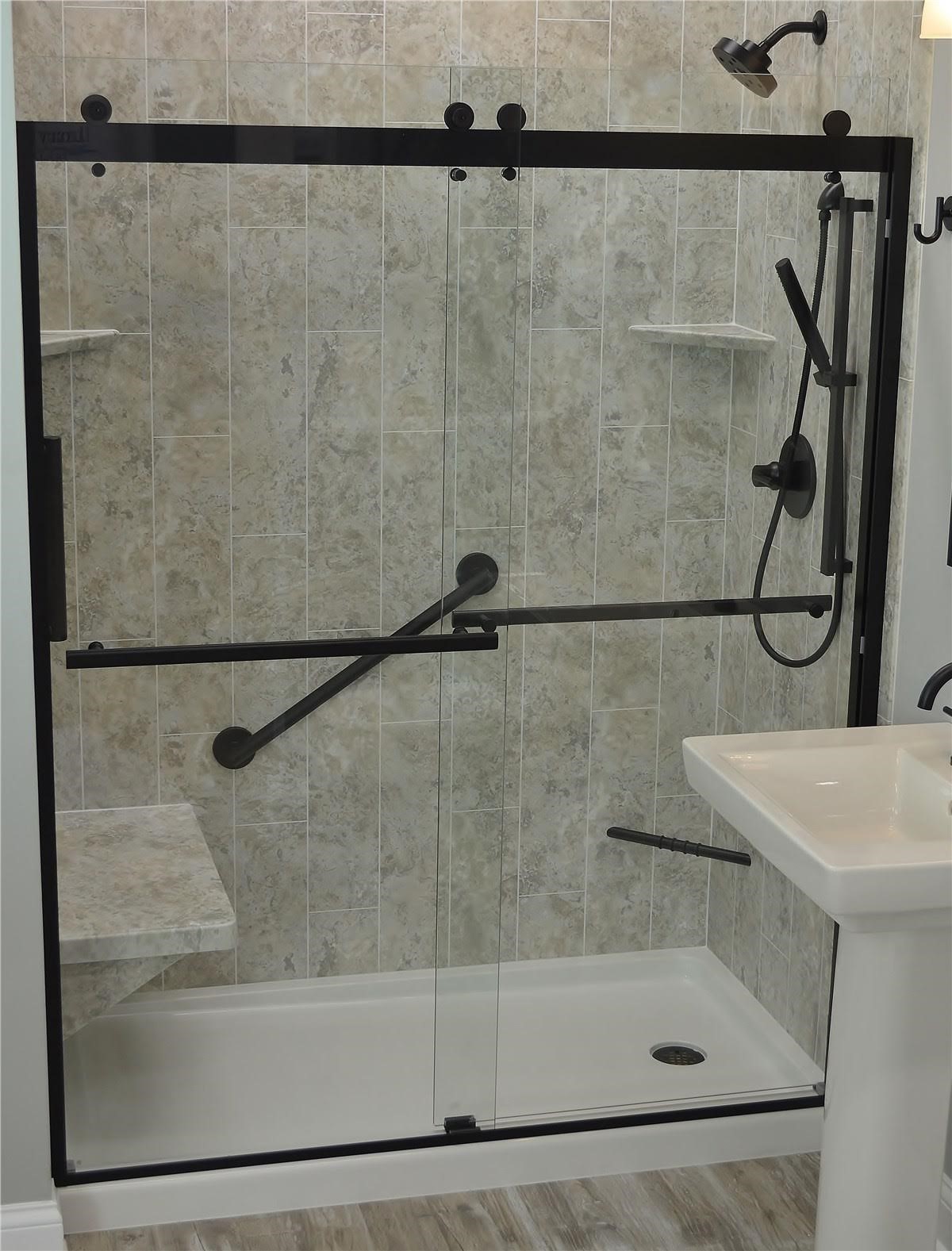
Let’s be honest: trying to figure out how much new windows will cost for your home can be frustrating. One person tells you it’ll be $1,500 per window. Another says they bought theirs at Lowes or Home Depot for $250. Then you get an eye-popping quote from a national brand for $45,000 and wonder what on earth is going on.
We get it —and we’ve heard these questions for years. At Burnett Home Improvement, we’ve
been installing windows for over 46 years, and are here to walk you through what really goes
into pricing. We hope that by the end of this article, you’ll know why prices range so wildly, what you’re paying for, and how to avoid the kind of nightmare that ends with you replacing your windows twice.
Because here’s the truth: the most expensive home improvement project is the one you have to do twice.
In this guide, you’ll walk away with a complete understanding of:
- What affects window prices: Materials, styles, installation costs—what really drives the numbers.
- How different window types and frame materials impact the price: What’s worth the extra investment and where you can save.
- Common window pricing scenarios: Whether you’re on a tight budget or you’re ready to splurge on premium windows, we’ll help you figure out where you fall.
- Window Pricing Variations: Why window prices can vary so much depending on where you look.
Really Cost?
So, you’re probably wondering: What’s the real price of window replacement? Here’s the thing:
it’s not a one-size-fits-all situation. Just like any home improvement project, the cost of window
replacement depends on a variety of factors.
In general, the national average price for window replacement ranges from $500 to $1,800 per standard size window, including materials and labor. But—and this is a big but—prices can vary a ton based on things like:
Here’s a closer look at how things break down:
- The type of window you choose
- The frame material (vinyl, wood, fiberglass, composite, etc.)
- The size and complexity of the installation
- Any customization (shapes, colors, finishes)
- The company you're working with
Low-Cost Window Replacements
Price Range: $200 - $500 per window (without installation)
These are the budget-friendly options you often see at big-box stores like Lowe’s or Home
Depot. These windows are usually a basic glass package with and standard-sized frames.
If you’re a DIYer, you can save even more by installing them yourself. But, beware: These
windows can sometimes be tricky to fit into your walls, leading to additional costs for resizing.
Ideal for:
- Restricted budgets
- Rental properties (where cost matters more than function or aesthetics)
Mid-Range Window Replacements
Price Range: $750 - $1,750 per window
These windows hit that sweet spot where you’re getting a bit more than just the basics. Expect
upgraded double-pane glass packages, better-quality frames, and maybe even some customization in terms of finishes or hardware. These are a good option if you want to balance quality and cost.
Ideal for:
- Homeowners who want good energy efficiency and improved aesthetics
- Climates where extra insulation is needed
High-End Window Replacements
Price Range: $1800 - $5,000+ per window
Here's where things really start to look luxurious. You're looking at premium materials (think wood, fiberglass or composite) and the most energy efficient glass packages. These windows are customizable to a T, and they're perfect for homeowners who plan on staying in their homes for the long haul.
Ideal for:
- High-end or historic homes
- Homeowners who prioritze aesthetics, long term energy savings, soundproofing, strong warranties and craftsmanship!

Let’s say you bought some windows yourself from Home Depot. You found a guy to install them. Maybe it cost you $250 per window, plus labor, and you felt good about saving some money.
Fast forward two years.
mold, leaks, drafty rooms, or windows that just won’t open. You try to
call that guy back—but you never hear from him. And, well... he didn’t give you a warranty. You
went the cheap route, and now you’re back at square one.
It’s one of the most common scenarios we see. Homeowners trying to save upfront end up spending more later because the install was bad, the window quality was poor, or the fit was never right to begin with.
Why Do Windows Vary So Much in Price?
Let’s answer the most common question we get:
“Why do your windows cost $900-$1500 when I can get one at a big box store for $250?”
Here’s the real answer: you’re not just buying a piece of glass. You’re buying a product, a
service, and peace of mind. And those things vary wildly depending on who you’re buying from.
1. Better Product Quality
Big box stores like Lowe’s and Home Depot carry builder-grade windows. They work—but
they’re like buying the base model Ford Focus. No upgrades, no custom features, no bells and
whistles.
Our windows are more like a custom-ordered Ford Expedition. You choose the trim. The
tech. The performance level. The finish. The insulation. The durability.
You literally cannot buy the kind of window we install at a home improvement store.

Let’s talk about window sizing. Big box windows come in a few standard sizes—like 24"x36" or 36"x60". But the openings in your home might be something odd, like 34"x56".
If you buy a standard window that doesn’t fit, you or your installer will have to:
- Add new 2x4s
- Modify the opening
- Fill gaps with foam insulation or mortar
We’ve all seen it: that inch of mortar around a window in a brick house. That means the builder or installer bought the wrong size and just filled the gap.
What we do is different. We measure your opening down to a quarter-inch, and order a window that’s made to fit perfectly. That means no mess, no retrofitting, and no shortcuts.
And here’s the kicker: ordering a “standard” size doesn’t necessarily save you money. Whether the window is an inch or two bigger or smaller, the cost may be close to the same with the additional labor.
When you buy windows from a reputable company, you should expect to be covered in two ways:
- A warranty on the product itself, from the manufacturer
- A warranty from Burnett (or the company you use) covering our installation/labor of the window replacement
That means if the window breaks down—or if something goes wrong with how it was installed --we’re here to make it right. And since we’ve been in business for over 46 years, you can trust we’ll actually still be here if you need help down the road.
Compare that to the startup contractor who might be out of business next year. In fact, most home improvement companies don’t even make it two years. So, choosing someone with a track record matters.
NOTE: National brands may charge for warranty services!
What Are The Material Factors That Influence Window Costs?
Here's the breakdown:
1. Frame Material
The frame material you choose is one of the most significant factors that'll influence the price of your windows. Here's a quick breakdown:
- Vinyl: Budget-friendly and low-maintenance. Expect to pay $600-$1250 per window installed
- Wood: A classic, gorgeous option, but requires more upkeep and has a lower lifespan. Costs range from $2800-$6000 installed
- Aluminum: Strong and durable, but not the most energy-efficient. You're looking at $750-$1200 per window installed
- Fiberglass: Highly durable and energy-efficient, with prices from $1800-$3800 per window
- Composite: A combination of wood fibers and vinyl, costing around $1300-$3800 per window installed
- NOTE: One National brand may charge as much as $4000 per composite window

Sliding Windows: open horizontally, more modern look $400-$2800 per window installed

Picture Windows: basic, less expensive labor $400-$3200 per window installed

Double-Hung Windows: great ventilation options, more versatility in design $500-$2800 per window installed

Awning Windows: Open outward, helps keep rain out $500-$3000 per window installed

Casement Window: Great for ventilation & beauty, but pricier. $850-$3200 per window installed

Bay/Bow: These are the showstoppers, but they come with a hefty price tag. $4000-$12000 per unit installed.

3. Customization
If you want something unique, be prepared to pay a little extra. Custom sizes, shapes, and finishes — while beautiful— add to the price. It’s worth it if you’re after a specific look, but it’s something to keep in mind when budgeting.
4. Glass Type
- Single-Pane: Less common these days, cheapest but offers no insulation $200-$300 per window
- Double-Pane: Most common for residential homes $600-$2500 per window installed
- Triple-Pane: Great for extreme cold or hot climates and noise reduction $750-$2800 per window installed

Big Box Stores vs. National Brands vs. Local Companies
Let’s break down the three typical options homeowners have when shopping for windows.
1. Big Box Stores (Home Depot, Lowe’s)
- Cheapest upfront
- Standard sizes only
- Limited product selection
- Random, third-party installers (often not vetted)
- No relationship, no support
- Likely to have warranty claim issues
2. National Window Companies (Renewal by Andersen, etc.)
- Heavy marketing (TV ads, mailers, radio spots)
- Private equity ownership (not family owned), with massive overhead
Prices are often inflated due to bloated marketing spend
Example: Burnett sell's a window for $1,900—they sell the same one for $4,500
3. Local Companies (Like Us)
No bloated marketing budgets
Reasonable pricing for premium, custom-fit windows
Trusted local installers who work for us—not pulled off a list
We’ve been around for forty-six years and we’ll be here tomorrow
It's not about bashing anyone. It's about understanding what you're really paying for, and who's standing behind it.

Size
Frame material (ex: vinyl vs. fiberglass)
Operating system
Glass package
Finishes
Installation conditions
Imagine this: You’re replacing 10 windows in a mid-sized home. You opt for double-pane windows with fiberglass frames—a solid choice for both energy efficiency and aesthetics. You also want some custom finishes on the hardware to give your home a modern touch.
With higher-range costs of $1,800 - $2,400 per window installed, you’re looking at a total investment between $18,000 and $24,000 for your project. Keep in mind, this price includes installation, materials, and customization, but it might vary based on labor rates in your area.
But here's what we can tell you: at Burnett - we’re going to give you a fair, honest price that reflects the quality of the product and installation.
If you’re comparing quotes, make sure you’re comparing apples to apples:
Is the window custom built for my home, or off-the-shelf?
What's the installation process, & who are the installers?
What’s included in the warranty?
How long has the company been in business, is it really a local company?
What kind of materials are being used?
We hope this guide has helped you understand:
- What impacts the cost of window replacement
- How to determine the right budget for your home
- Why choosing the right materials and installation team is important
Ready to Replace Your Windows?
The fastest way to get an accurate price of your project is to set up a 1-2 hour estimate!
Whether you’re just starting to explore your options or you’re ready to get started, Burnett Home Improvement is here to make the process as easy as possible.
Tags
Subscribe to Burnett Inc's Blog




Comments